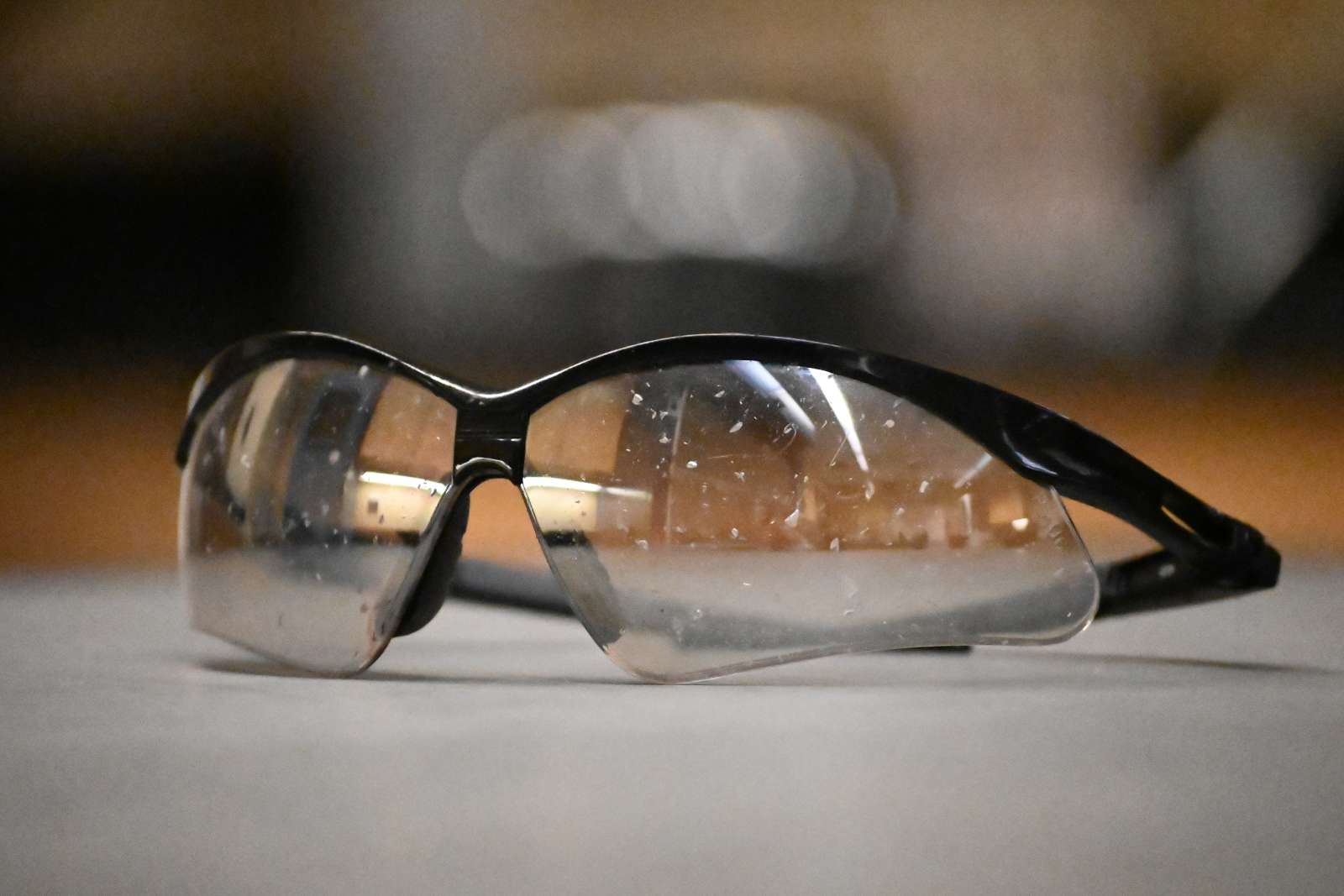On December 8, 2023, the EH&S team experienced the most severe workplace injury in the department’s history.
A core function of EH&S is to collect, segregate, and manage campus chemical waste from laboratories, custodial closets, and other workspaces. In managing chemical waste, EH&S conducts laboratory cleanouts following staffing
changes and retirements at the university. During a laboratory cleanout, EH&S staff will enter a laboratory space, assess known hazards in the area, and methodically transfer the waste to the Regulated Materials Facility (RMF) at EHSSB to bulk into drums or package individually for a third-party waste vendor to retrieve.
During the cleanout of a laboratory in Hach Hall on December 7, 2023, EH&S staff removed an eluent bottle from the top of a high-performance liquid chromatography (HPLC) instrument. Based on information from the principal investigator and equipment used, EH&S believed the bottle may have contained Isopropanol. The bottle returned to EHSSB, and the next day, the waste was commingled into a drum. During the action of commingling the waste, the chemical bottle detonated in the hands of the EH&S employee, causing severe lacerations and trauma to the employee’s hands, face, and neck.
Isopropanol is a common chemical used in HPLC instruments on campus. Under normal conditions, the safety data sheet indicates the chemical has “no known reactive hazards, based on information available.” However, under the conditions in the laboratory — which exposed the clear bottle to direct sunlight and oxygen through the connection to the equipment — explosive peroxides formed. Once the commingling process removed the stabilizing liquid, the remaining crystal detonated.
EH&S initiated an immediate review of procedures and processes within the Environmental Programs team. The investigation is ongoing, and the campus will be informed of waste and chemical management process changes in the upcoming calendar year. The Environmental Programs team will evaluate each waste container of peroxide-forming chemicals, including secondary alcohols. If testing is not up-to-date, the container will not be removed.

